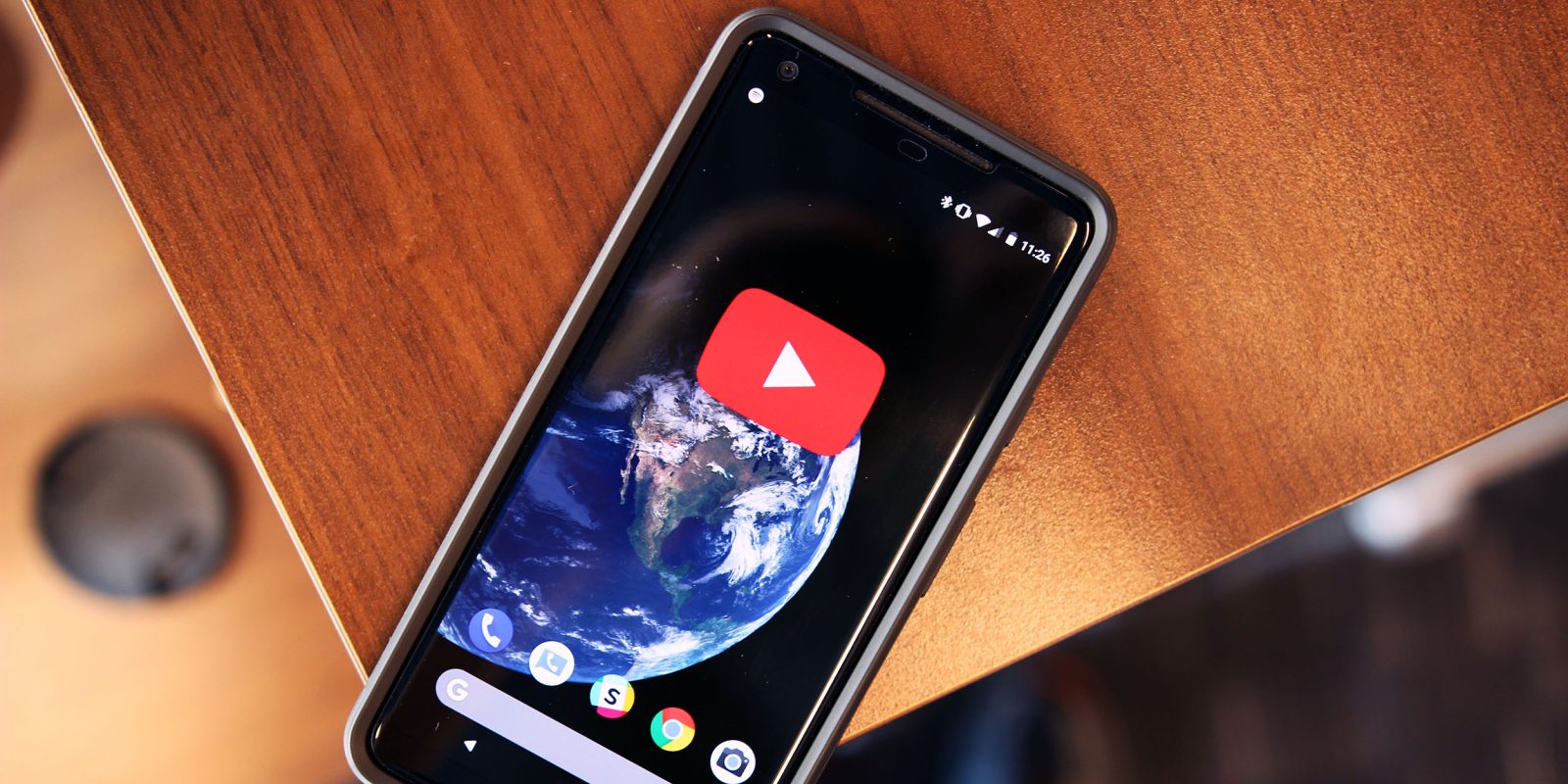
In recent months, YouTube has faced criticism over controversial videos, with advertisers complaining about ads being displayed over questionable content. In response, YouTube is again raising the threshold for monetizing videos, while increasing manual review and promising more transparency.
Last April, YouTube mandated that channels would need 10,000 lifetime views in order to monetize and display ads next to videos. Eight months later, the Partner Program is again increasing the requirements for both new channels that want to join, as well as for existing ones to remain.
It’s been clear over the last few months that we need the right requirements and better signals to identify the channels that have earned the right to run ads. Instead of basing acceptance purely on views, we want to take channel size, audience engagement, and creator behavior into consideration to determine eligibility for ads.
Starting today, new channels will need 1,000 subscribers and 4,000 hours of watch time within the past 12 months to be eligible for ads. Meanwhile, YouTube will begin reviewing existing channels already part of the program on February 20th.
Meanwhile, YouTube will “more closely monitor” community strikes, spam, and other abuse flags that should be harder-to-game to ensure policy compliance.
Both new and existing YPP channels will be automatically evaluated under this strict criteria and if we find a channel repeatedly or egregiously violates our community guidelines, we will remove that channel from YPP.
The video site acknowledges that “this new approach will affect a significant number of channels eligible to run ads,” but that compliant creators account for “more than 95% of YouTube’s reach for advertisers.”
Though these changes will affect a significant number of channels, 99% of those affected were making less than $100 per year in the last year, with 90% earning less than $2.50 in the last month. Any of the channels who no longer meet this threshold will be paid what they’ve already earned based on our AdSense policies. After thoughtful consideration, we believe these are necessary compromises to protect our community.
Other changes include Google Preferred switching to manual curation of channels included in the program that curates the top content for advertisers. Videos will also be verified to ensure that they follow ad-friendly guidelines. The manual review of Google Preferred channels will be complete by mid-February in the U.S. and end of March in other countries.
Lastly, YouTube is building out systems to ensure more transparency and simpler controls over where ads appear. A “three-tier suitability system” will allow advertisers to “reflect their view of appropriate placements for their brand, while understanding potential reach trade offs.” Other changes include working with outside vendors to create third-party brand safety reporting on YouTube.
Check out 9to5Google on YouTube for more news:
FTC: We use income earning auto affiliate links. More.




Comments